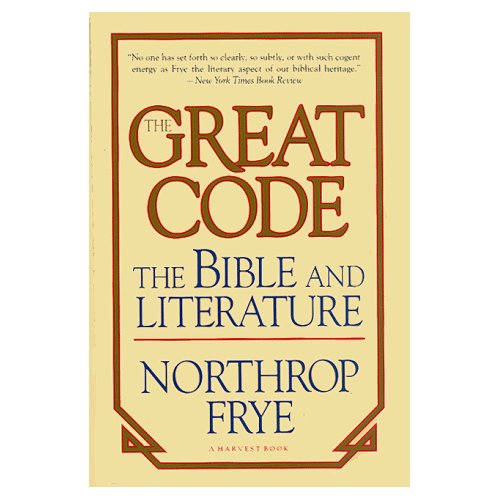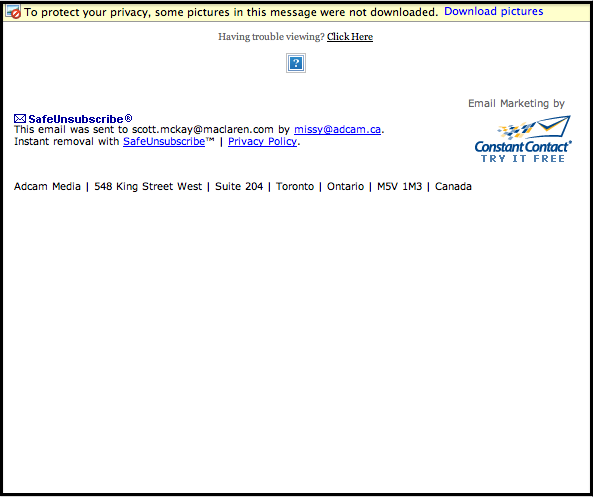the result of this chicken-and-egg dilemma?
 Monday, May 7, 2012 at 9:33AM
Monday, May 7, 2012 at 9:33AM I know I've posted about this before, but the fractured reality of all things marketing was really brought to life in a recent chat I had with a senior leader at a not-for-profit organization.
This group is relatively established and successful; they've had growth, and some success in getting funding for interesting and effective programs. That said, their funding continued to be unpredictable, and they'd also had some layoffs.
Being a curious marketing weasel, I was interested in her marketing plans. Turns out they had a social media manager working internally, which was encouraging, and an agency doing a pro-bono awareness TV spot once a year.
What about individual fundraising? I asked. Awareness and engagement are great, but at some point you have to translate those things into real cash money.
We can't afford an individual donor program, she said.
Her group accepted individual donations, of course, and whipped up a newsletter which encouraged giving, but there was no systematic outreach to people who'd raised their hands. (Which I already knew, being one of those occasional donors.) Other than that, they relied on large corporate and government grants, a few individual major donors, and asks at their events.
The reality is that building an individual fundraising program using email and direct mail is just too expensive for many organizations, since they'd have to build the infrastructure to do it, and it would take too long to pay off. Her hope was that they could continue to grow in their typical two-steps-forward, one-back way until one day such a program would be possible.
And, while I want to write that this is slightly unbelievable, when I think about it, most companies in Canada these days (whatever their relationship to profit) are having a problem building relationships that pay off. It is a big cost, and there so many media channels to cover off, let alone understand; the relatively small economies of scale in this country can't support that kind of investment for long enough before seeing real ROI. It's understandable that many managers look at that chicken-and-egg scenario and decide it's not worth it.
For me, however, the problem with neglecting CRM (which is of course what we've been talking about) is that those emails and DMs help keep people feeling involved, and keep dollars coming in. Awareness and engagement are pointless if something like CRM isn't keeping those one-on-one relationships (forgive the pun) solid and fresh.

 CRM,
CRM,  direct mail,
direct mail,  email,
email,  fundraising,
fundraising,  not-for-profit
not-for-profit 
